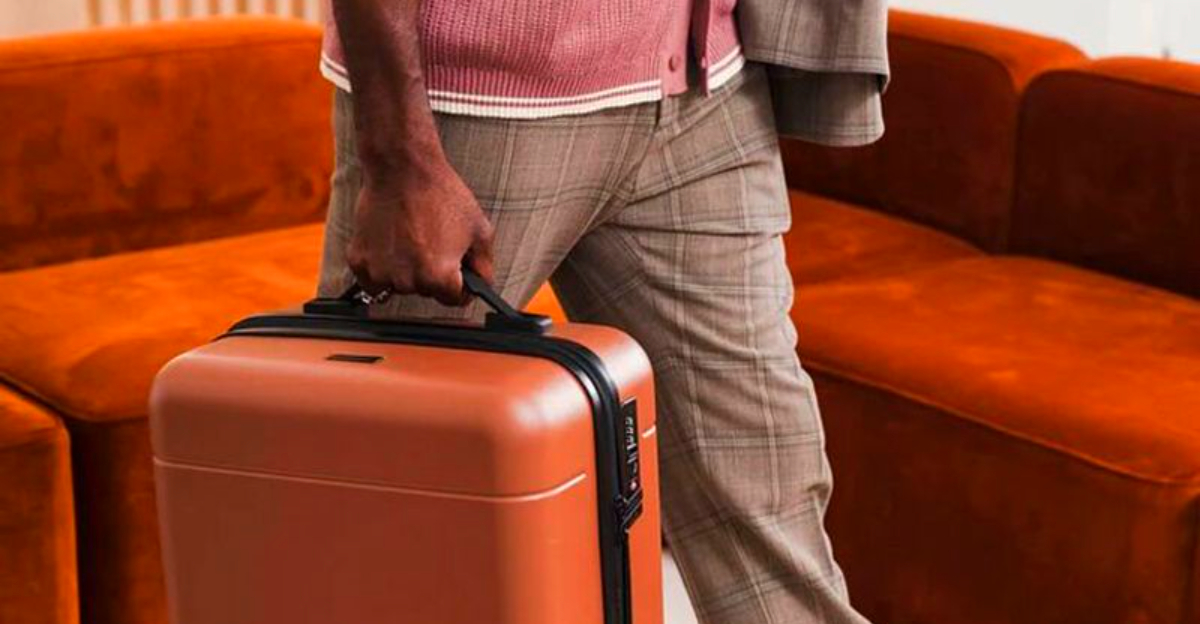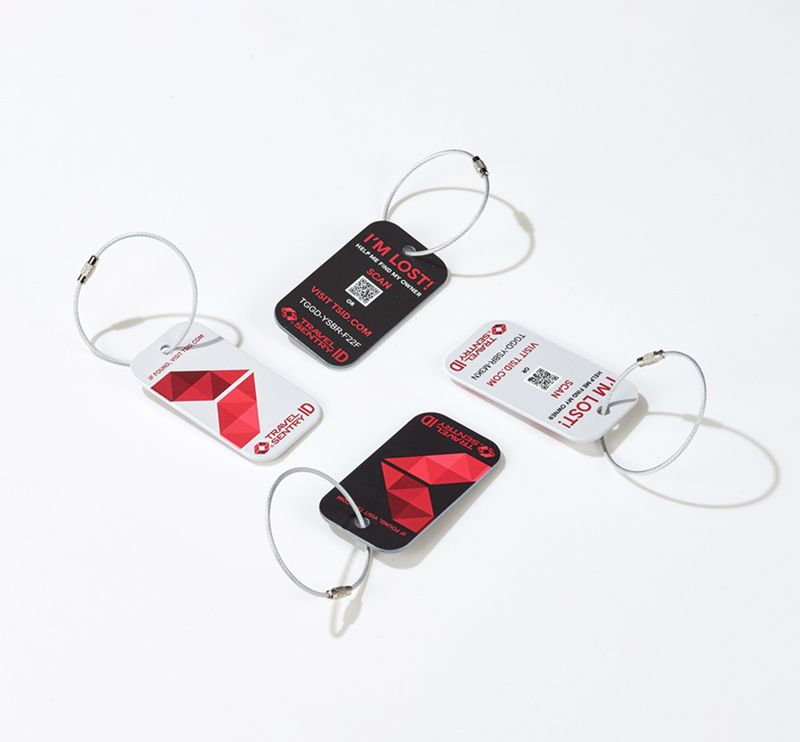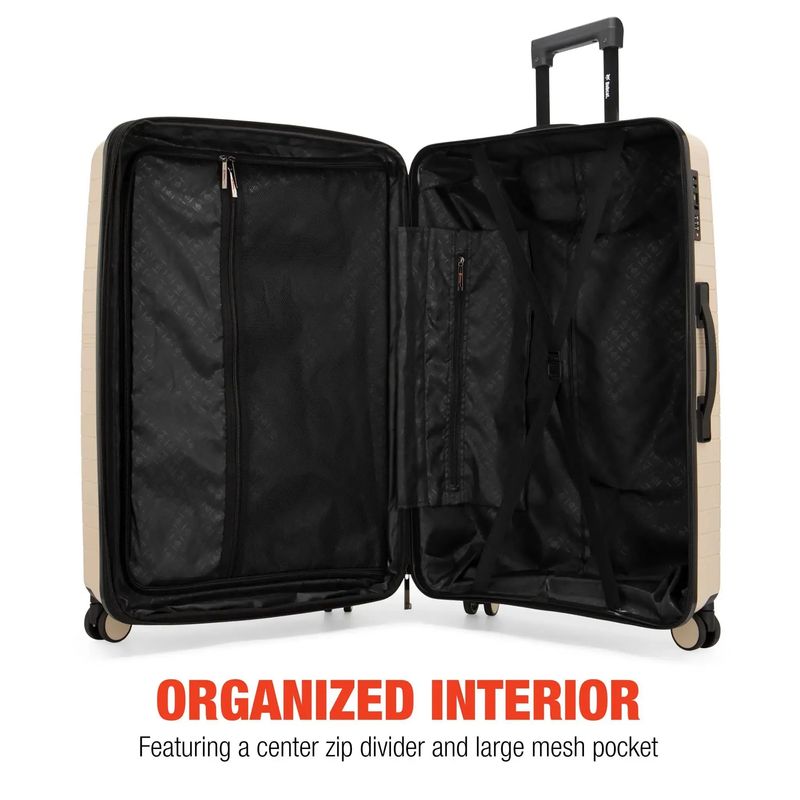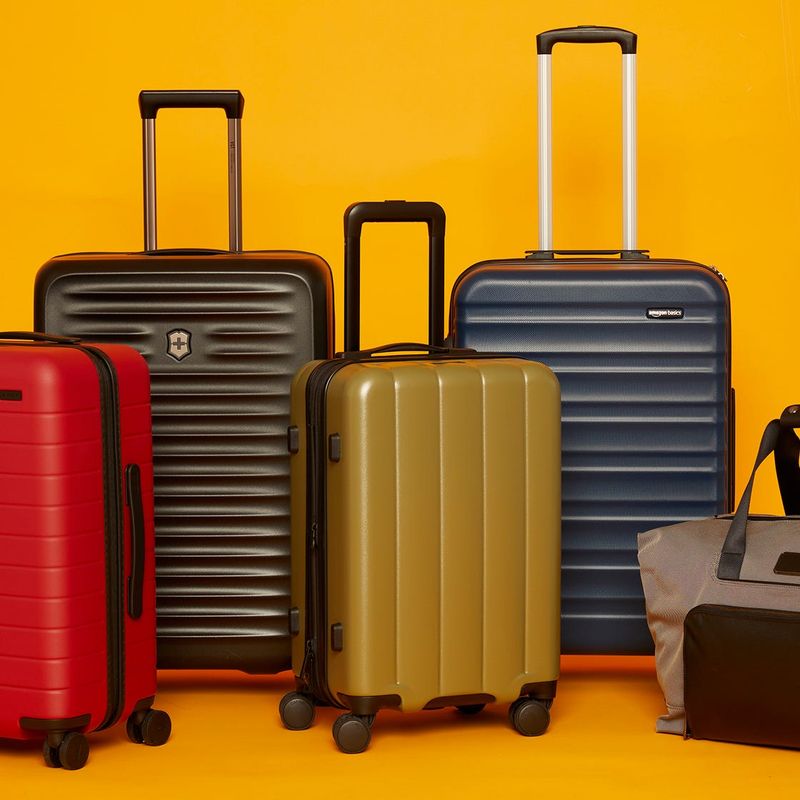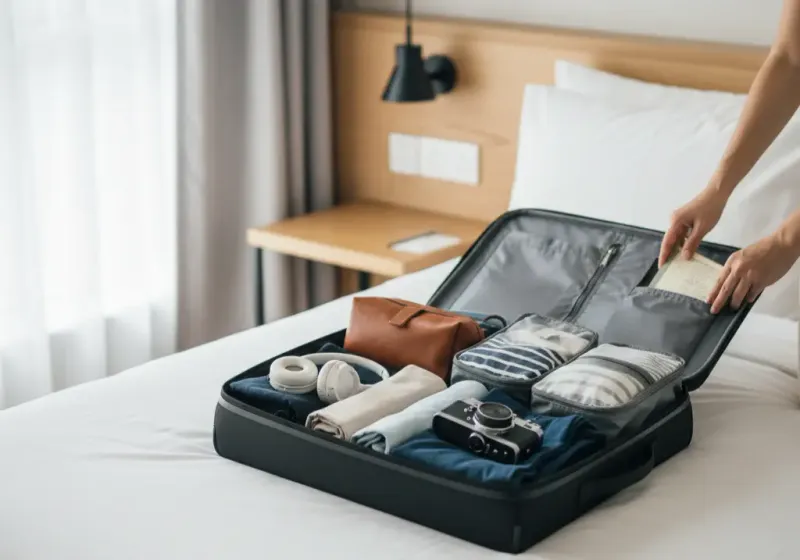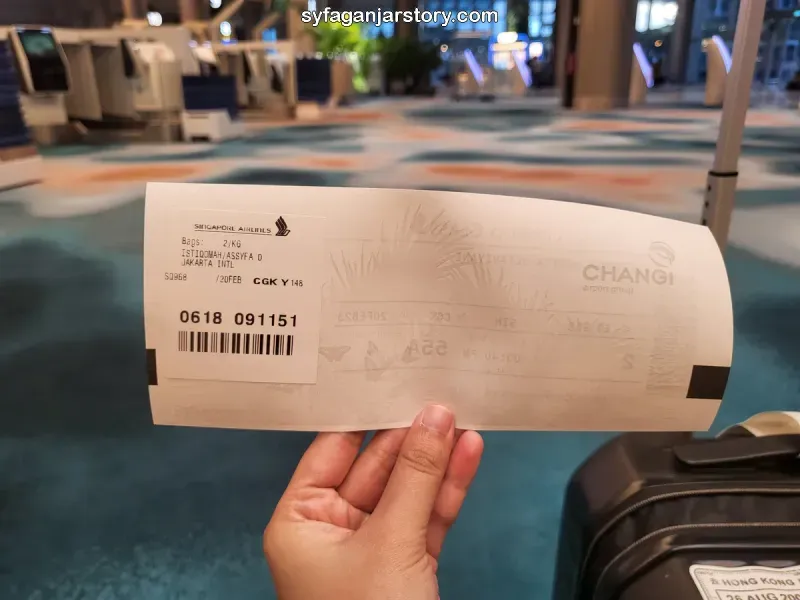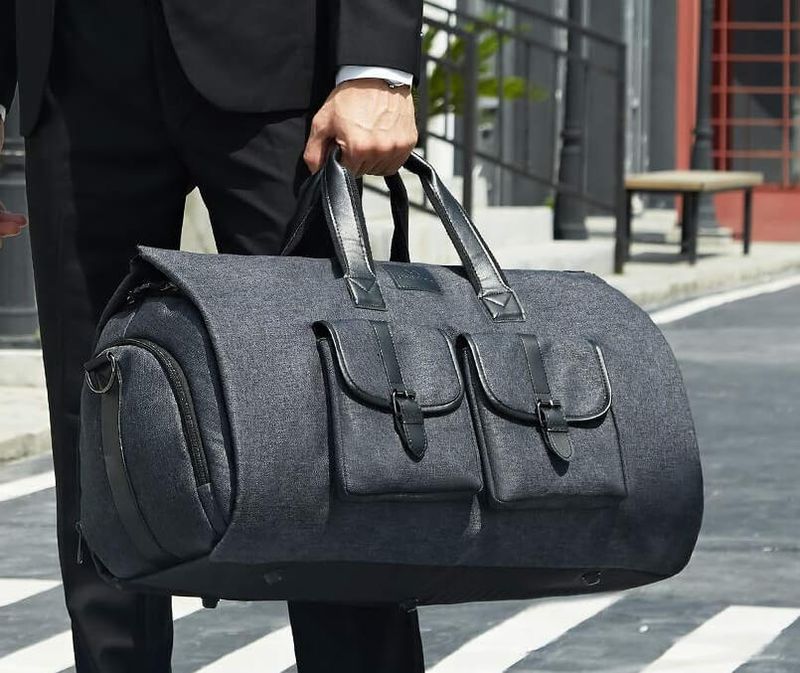Baggage rooms are controlled chaos, and small packing mistakes become big problems fast. Luggage handlers see the same preventable errors every day, costing travelers time, money, and precious items. This guide distills the most common checked-bag missteps and shows you exactly how to avoid them. Read on for practical fixes from industry sources so your suitcase survives the journey and arrives with everything intact.
1. Overstuffing Your Suitcase
Handlers say overstuffed bags burst open when compressed in bins or tossed onto conveyors. Strained seams and stressed zippers are primed to fail under routine impacts. When a zipper pops, contents spill, and recovery is rarely complete. Avoid it by packing to no more than 85 percent capacity and distributing weight evenly. Use packing cubes to compress and compartmentalize items so one failure does not trigger a full spill. Consider a luggage strap for redundancy. If the bag resists closing, remove items instead of forcing it. Your suitcase should zip smoothly without tugging.
2. Packing Medications in Checked Luggage
Prescription medications are too essential to risk in checked bags that may be delayed, lost, or exposed to extreme temperatures. Handlers note that small bottles often fall from open seams or side pockets. Airlines cannot replace your specific prescriptions, and pharmacy transfers abroad can be difficult. Keep vital meds in your carry-on within reach during the entire journey. Use a labeled travel pill organizer and bring copies of prescriptions. Include a doctor’s note for controlled substances. Pack a 2 to 3 day buffer beyond your itinerary. Accessibility matters more than checked-bag convenience.
3. Using Weak or Paper Luggage Tags
Flimsy paper tags rip off in transit, leaving a bag anonymous on a crowded carousel or sorting belt. Handlers frequently see tags torn by conveyors, weather, or snagging edges. Without identification, reunification slows dramatically and depends on luck. Use durable metal or hard plastic tags with secure loops and clear, non-fading text. Add a backup card with your name, email, and phone inside the bag in an exterior pocket or top compartment. Avoid addresses for privacy. Photograph your bag and tag before check-in to expedite claims if needed.
4. Ignoring Broken or Over Stressed Zippers
Zippers are often the first component to fail under pressure, especially on aging or overpacked bags. Handlers see separated teeth and sliders that jump track as bags flex through conveyors. A minor snag at home becomes a total blowout in transit. Address sticky or misaligned zippers before travel or replace the bag. Add a luggage strap around the case as a fail-safe to keep it closed if the zipper lets go. Avoid cramming dense objects at zipper ends. Test-run closures after packing to confirm smooth travel.
5. Leaving Exterior Pockets Open
Open or loosely zipped exterior pockets are traps for disaster. Handlers routinely witness headphones, chargers, and passports slipping out during loading, then vanishing into machinery gaps. Even small openings widen under pressure, and pocket items rarely make it to lost and found. Zip pockets completely, then tug-test. Better yet, keep delicate or essential items in the main compartment or your carry-on. If you must use external pockets, store soft, replaceable items and avoid hard shapes that pry the zipper. Inspect your bag after security and before drop-off to confirm closures.
6. Using Soft Sided or Undersized Bags Incorrectly
Soft-sided or underfilled bags collapse under weight in cargo stacks, increasing risks of crushing and zipper strain. Handlers report spillage, deformation, and absorption of leaks from other baggage. If checking a soft bag, reinforce structure with packing cubes and a strap. Prefer hard-sided or more durable luggage for rough handling. Avoid oversized suitcases with minimal contents, which buckle and shift items. Fill voids with lightweight padding to maintain shape. Choose abrasion-resistant fabrics and robust zippers. When in doubt, upgrade the bag or carry fragile loads instead of trusting a flexible shell.
7. Neglecting to Make Your Bag Easily Identifiable
Look-alike bags invite mix-ups at carousels and during sorting. Handlers see travelers grab the wrong suitcase or tags misread among identical cases. Unique markings reduce human error and speed reunions if bags are pulled aside. Add a bright luggage cover, distinctive tag, or colorful ribbon tied securely to a handle. Use bold patterns that stand out in low light. Photograph your bag with its identifiers for reference. Clear labeling also helps airline staff verify ownership quickly. The easier your bag is to spot, the fewer chances for mishandling.
8. Trusting Fragile Stickers Too Much
Fragile labels can help, but handlers admit they are often ignored when overused or placed on obviously overloaded bags. Stickers are not substitutes for sound packing. Protect breakables with rigid cases, padded compartments, and strategic placement away from edges. Double-box fragile items and fill voids with cushioning. Mark one side up only if packaging supports it. Communicate special handling at check-in but assume rough transit. Your goal is survivability without relying on a label to change the journey. Packs that withstand bumps fare best, sticker or not.
9. Putting Valuables or Irreplaceables in Checked Bags
Checked baggage is routinely stacked, slid, and tossed, and there is always a nonzero risk of delay or loss. Handlers emphasize that valuables do not belong in the hold. Keep laptops, jewelry, heirlooms, cash, passports, and critical documents in your carry-on under your supervision. Use discreet pouches and a minimal profile to reduce attention. Back up data and enable device tracking. If forced to gate-check, remove essentials first. Airlines limit liability for high-value items, so prevention is your best protection. Control and proximity beat claims and apologies.
10. Not Removing Old Luggage Tags or Barcodes
Old tags and barcodes confuse automated scanners and human sorters, increasing the risk of misrouting. Handlers see bags diverted by stray codes stuck to handles or sides. Before traveling, peel off previous airline stickers, connection tags, and delivery labels. Wipe adhesive residue so nothing catches or misreads. Keep only the current itinerary’s tag visible and straight. Photograph the fresh tag for records. A clean slate helps the system send your bag to the right place the first time, preventing avoidable detours and stressful searches.
11. Checking Your Bag Too Early
Dropping your bag far ahead of schedule can park it in back rooms or off-line areas, raising risks of damage, mix-ups, or missed transfers. Handlers note early-checked bags sometimes cycle through extra handling steps. Instead, time your drop within the airline’s recommended window for your flight. Confirm cutoffs for domestic and international itineraries, and avoid peak backlog periods when possible. Track your bag in the airline app after tagging. The goal is minimizing idle time in the system, reducing touches and the chances for errors.
